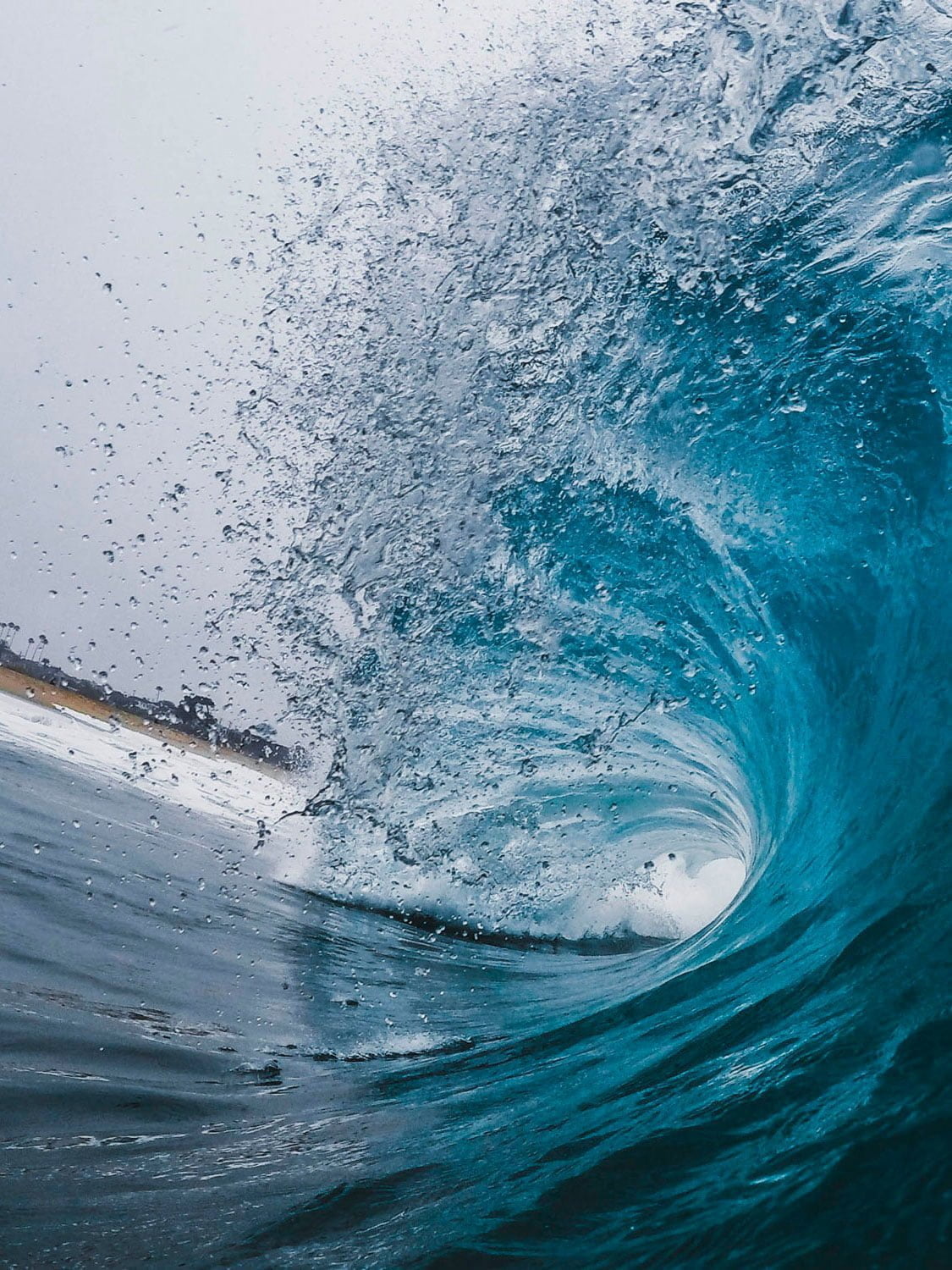From pollution to marine plastic, the scale of the problems facing our oceans can feel overwhelming. But there is a lot you can do. Not sure where to start? Here are five changes you can make right away.
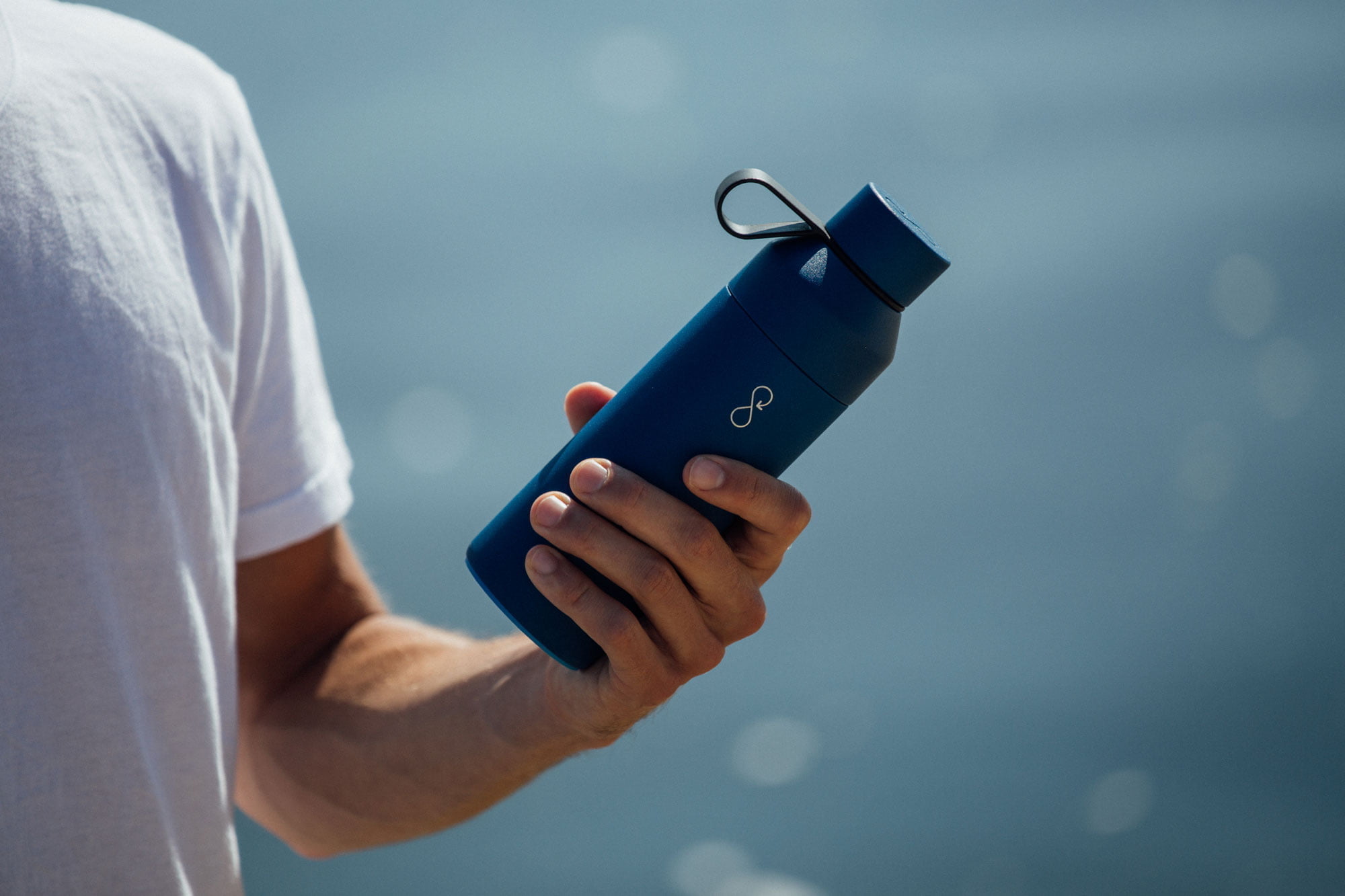
Photo: Ocean Bottle
1. Bring your own bottle
One of the first and easiest things you can do is to stop buying plastic water bottles (if you haven’t already), and inspire others around you to do so too. One million plastic bottles are sold every minute, Euromonitor estimates. It all ends up somewhere – and too often, that’s the ocean, where the plastic breaks down into ever smaller pieces and enters the marine food chain. Ocean Bottle is an impactful alternative: each one sold funds the collection of 1,000 plastic bottles. Another simple step is to bring your own bag with you for your daily groceries, to avoid having to buy a plastic one.
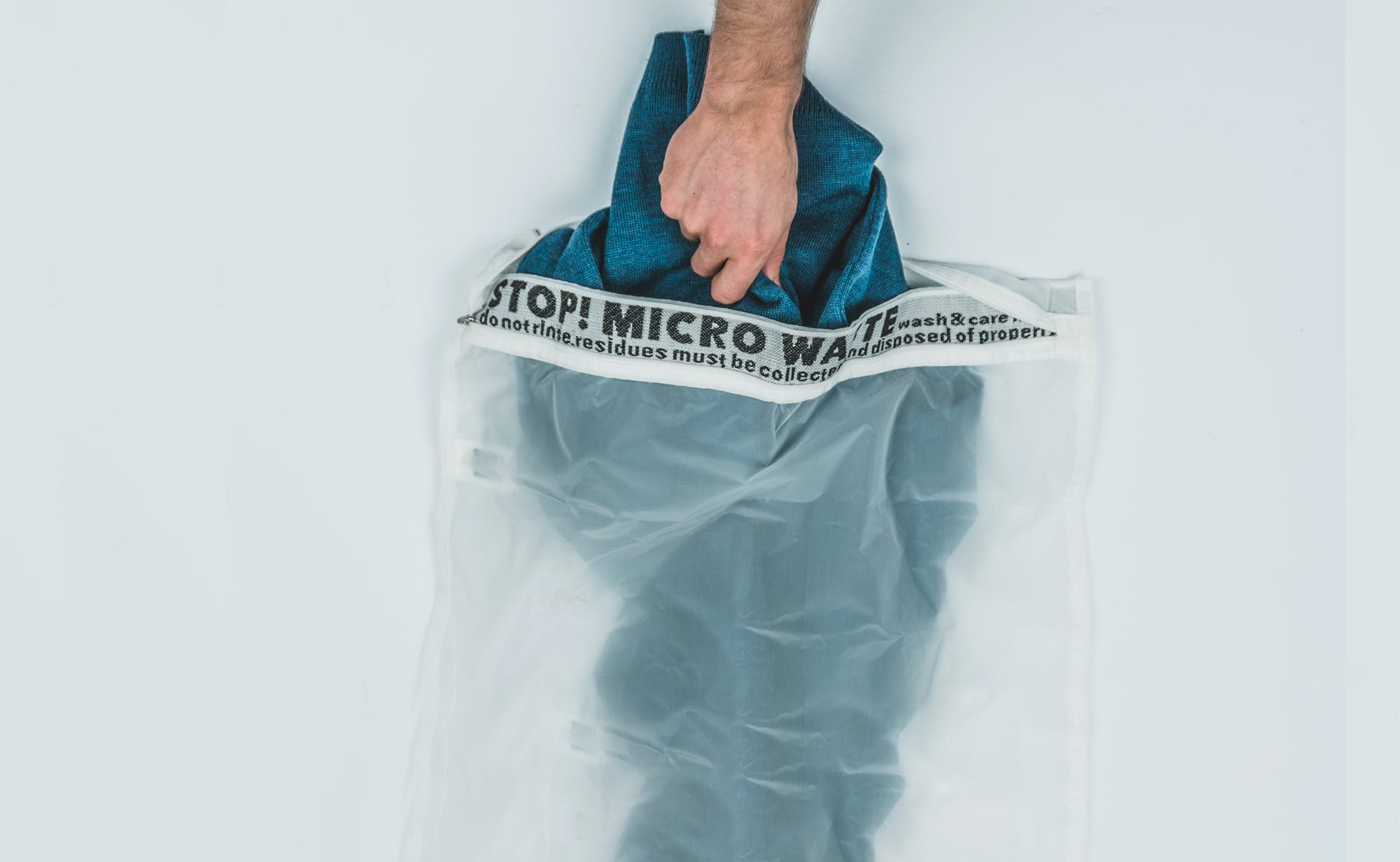
Photo: Guppyfriend
2. Rethink laundry
It’s only relatively recently that a main source of ocean microplastics has been found right in the heart of our own homes: the washing machine. Synthetic materials such as polyester, nylon and acrylic shed tiny microfibers when washed that are so small, they pass through water treatment plants and enter our waterways. A single cycle is estimated to release up to 700,000 microfibres, so there’s a lot to gain by choosing natural fabrics instead. Further minimise fibre shedding with a Guppyfriend wash bag, which has a microfilter to collect what would otherwise end up in the environment. Or consider installing a Filtrol 101 filter to the discharge hose of your washing machine.
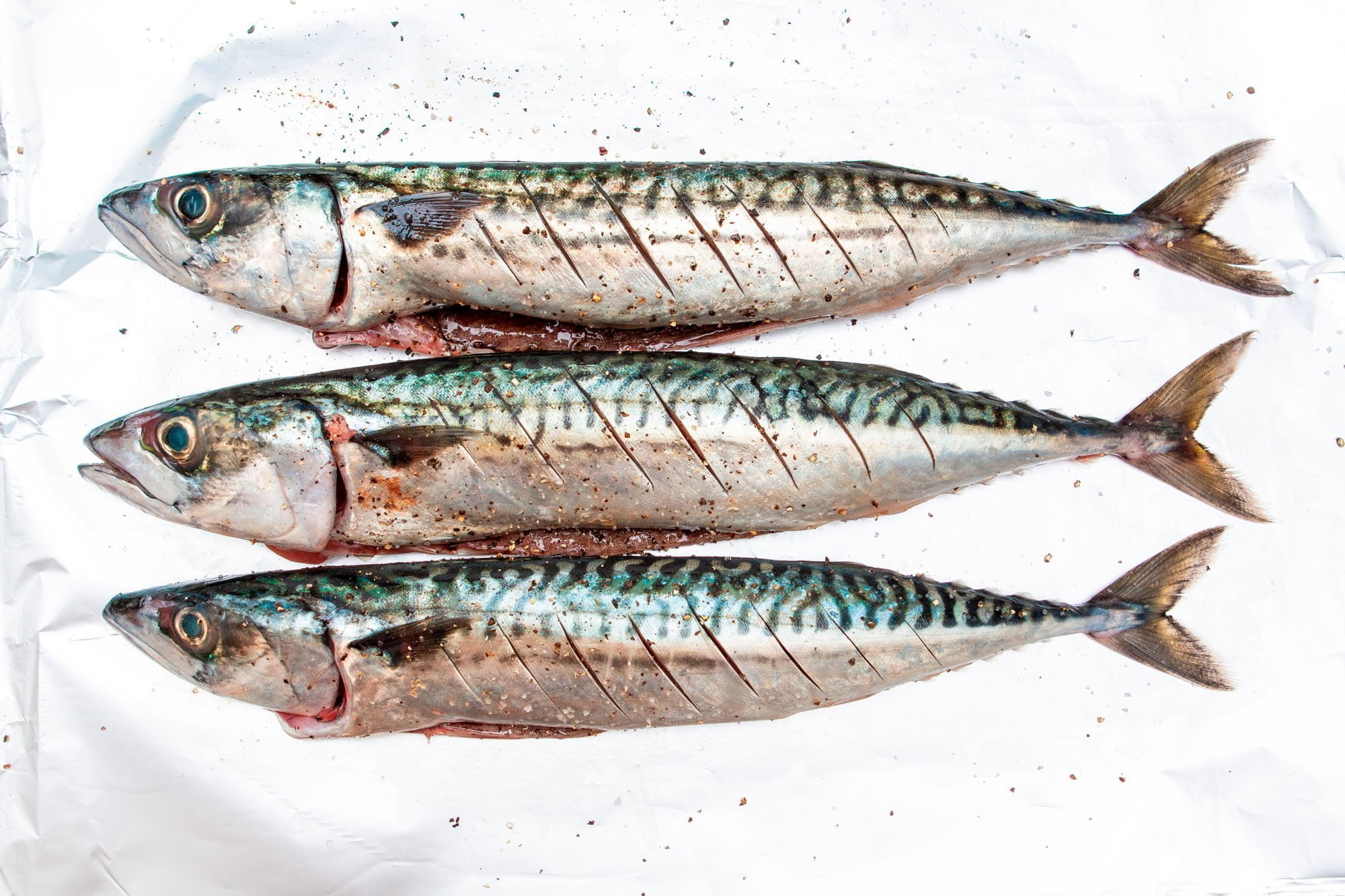
Photo: Clash and Clash / Shutterstock
3. Dish up sustainable fish
Bring ocean conservation to your dinner table by being choosy about which fish you eat. Look for Marine Stewardship Council (MSC) and Aquaculture Stewardship Council (ASC) labels, which certify that your fish is sustainably sourced. Also, don’t make your pets part of the problem: some pet food brands feature these certifications too. When it comes to choosing fresh fish, check out the Marine Conservation Society’s Good Fish Guide. It offers an informative overview of which species are fine and which should be avoided in terms of overfishing and environmental footprint. Download the app for handy use when shopping or eating out.
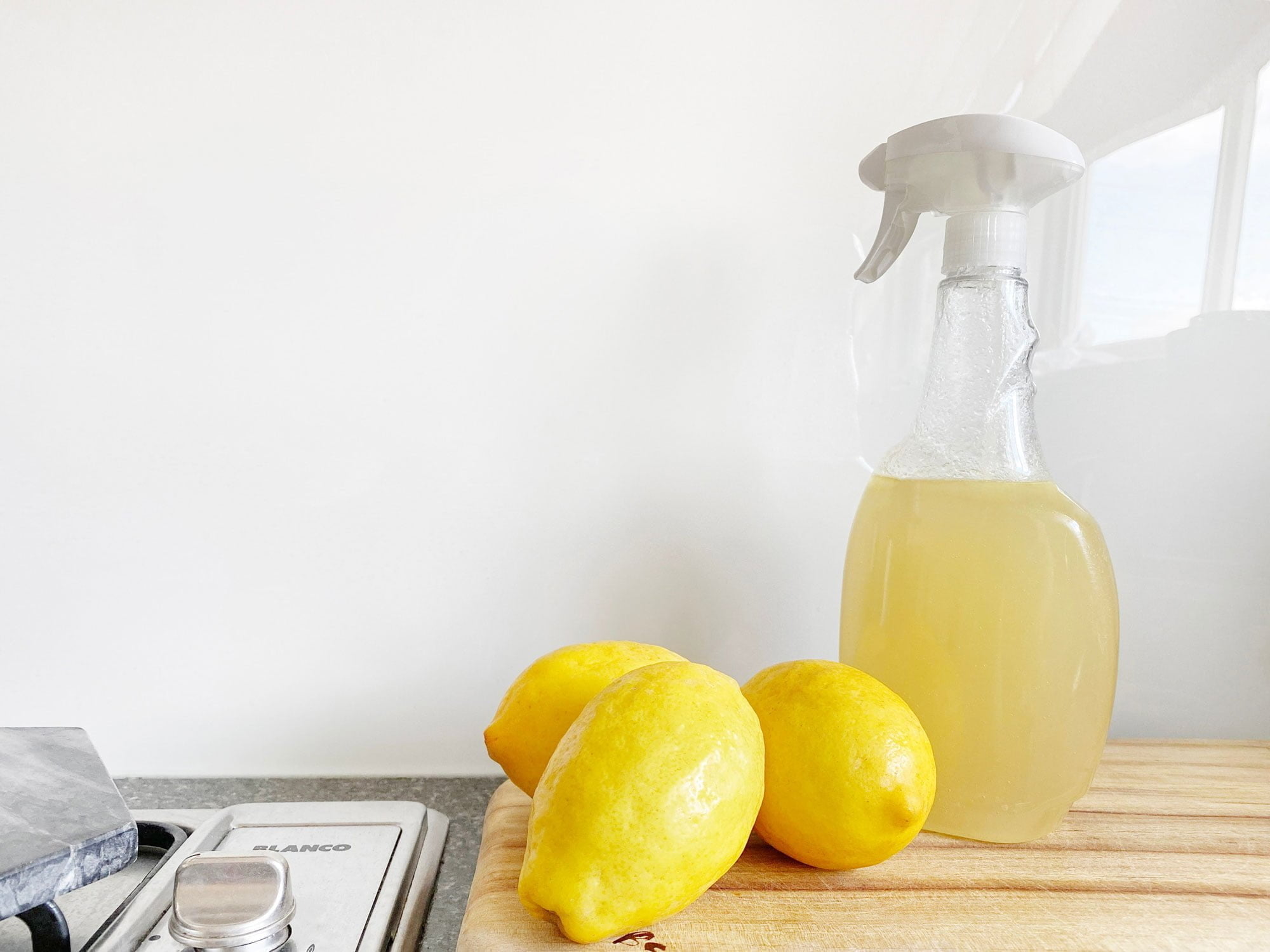
Photo: Crema Joe / Unsplash
4. Embrace eco-cleaners
Many household cleaning products contain chemicals that are harmful to ocean life. These include bleach, phosphates and phthalates. Luckily there are plenty of eco-friendly cleaners to choose from including Ecover, with plant-based packaging and biodegradable ingredients, and Kinfill, with reusable glass refills and ultra-concentrated cleaners to mix with tap water at home. Or try making your own. Mix one part water with one part white vinegar and add a few drops of scented essential oil or lemon juice. This will get most surfaces sparkling and clean.

Photo: trshbg
5. Support great solutions
You don’t have to be a marine biologist or full-time eco-activist to contribute to reviving our oceans. Supporting people who are thinking of solutions helps to increase their impact. Spread the word, or donate to initiatives you believe in – the power of many adds up. Case in point is trshbg, founded by diver Trieu Huyn in 2017, who created special strap-on bags to help turn every diver or surfer into an ocean cleaner while out in the water. What started as a one-man mission has since grown into an inspiring company. “There are eight million divers, 25 million surfers. If we all do something on every session, the impact is huge,” Huyn says. Read and share the full story here. And of course you can always start collecting ocean trash at a beach near you.
Main photo: Jeremy Bishop / Unsplash
